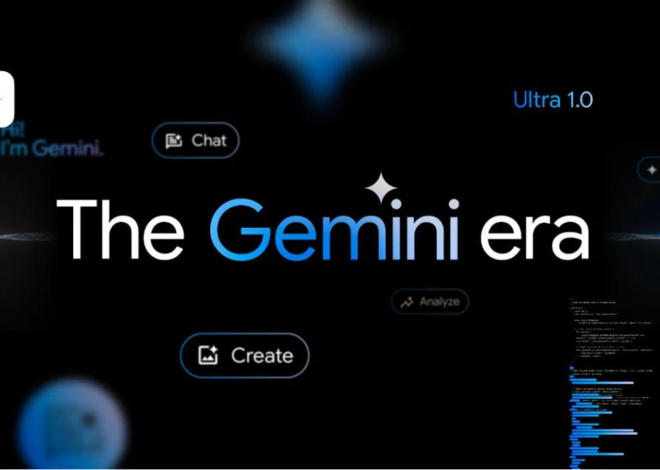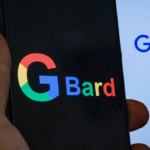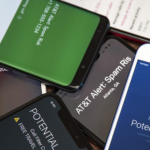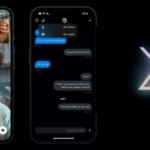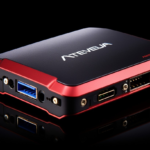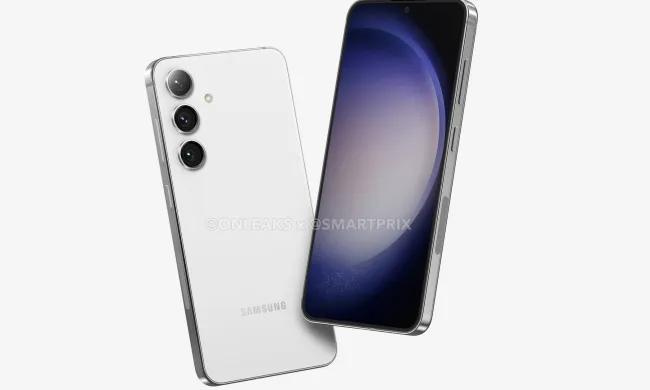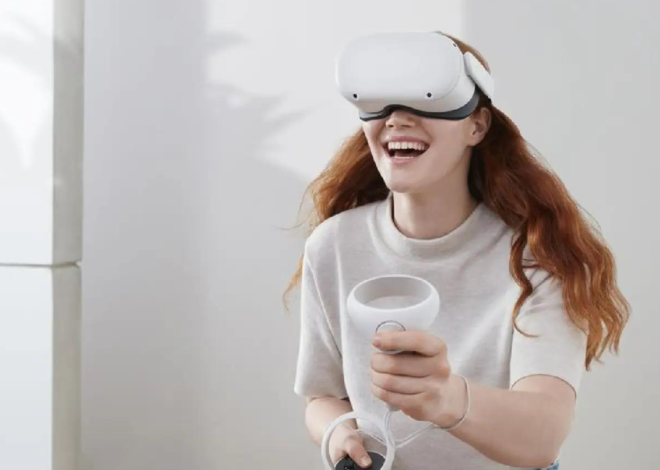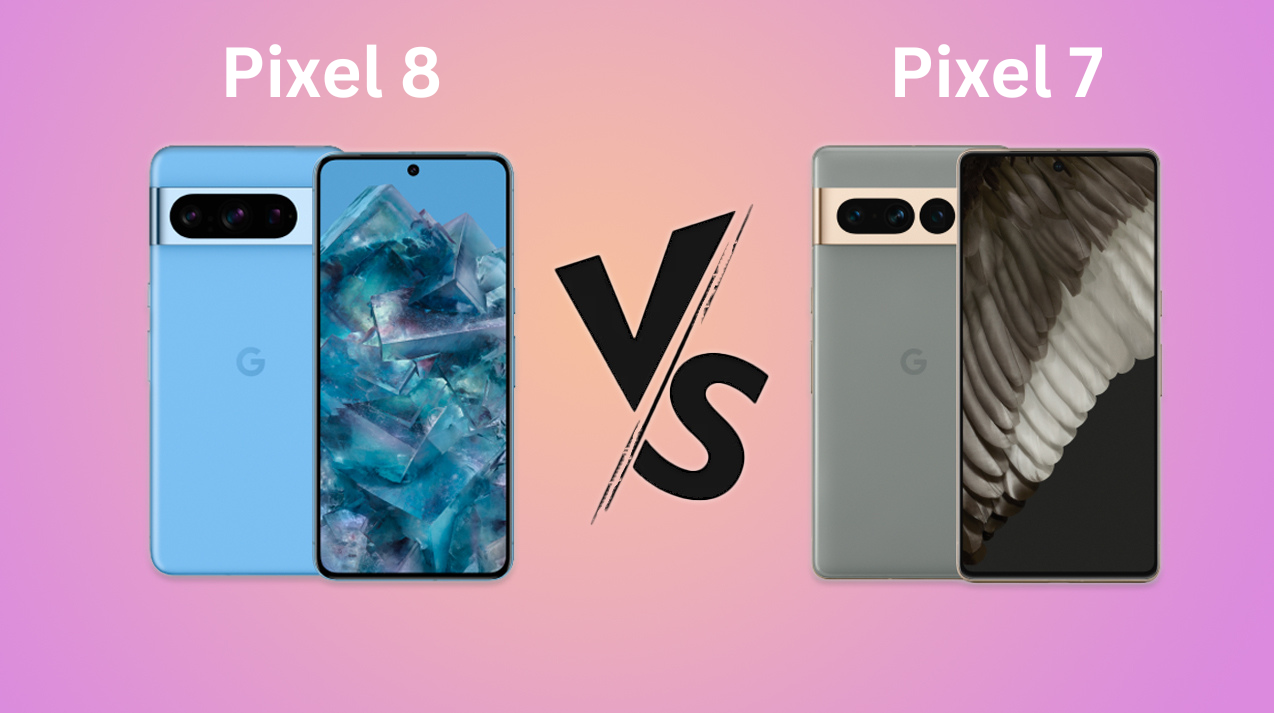
Pixel 8 vs Pixel 7: What are the differences?
Is the Pixel 8 truly a substantial upgrade?
Let’s delve into a comparison between Google’s Pixel 8 Vs Pixel 7. In this showdown between the base models of the Pixel 8 and Pixel 7 series, we’ll assist you in determining whether upgrading is a worthwhile choice.
While the Pixel 7 is expected to receive a $100 discount, Google’s latest flagship phone is truly impressive, featuring a state-of-the-art chipset, a brighter display, a higher refresh rate, and a range of fresh color options for those with a taste for aesthetics. If you’re still unsure, we’ve pitted these two phones against each other to aid you in making an informed decision.
Price: Pixel 8 vs Pixel 7
The Pixel 7 was launched around this time last year with an affordable price of $599. However, if you wanted a Pixel 7 with greater storage (128GB vs. 256GB), that would set you back an additional $100. The Pixel 8’s base model, on the other hand, will be $100 more expensive than its predecessor, starting at $699 for the 128GB version. Fortunately, the 256GB variant will only see a modest $60 increase, priced at $759.
The question of whether the new flagship’s price is justified remains open, but the upcoming comparisons will help us determine if the price hike is warranted.
Also Read | Google Pixel 8 Pro launched with a thermometer and seven years of updates
RAM and Storage: Pixel 8 vs Pixel 7
Storage options remain the same as last year in the Pixel 8 base model. The RAM configuration is also the same as last year’s as well.
- Pixel 7: 128GB of storage + 8GB of RAM, 256GB of storage + 8GB of RAM
- Pixel 8: 128GB of storage + 8GB of RAM, 256GB of storage + 8GB of RAM
Display and Design: Pixel 8 vs Pixel 7
Google is maintaining a familiar design aesthetic from the Pixel 7 for the Pixel 8, albeit with a slightly smaller display size. Despite the minor reduction in size, the Pixel 8 will retain the distinctive camera bar and a glossy design featuring a Gorilla Glass Victus back. Furthermore, the Pixel 8 is only marginally smaller than its predecessor, boasting a brighter screen and a higher refresh rate.
- Pixel 7: 6.3 inches, 1400 nits, 90Hz refresh rate
- Pixel 8: 6.2 inches, 2000 nits, 120Hz refresh rate
Also Read | Google launches Pixel 8, smartwatch with new AI feature
While the design retains its similarities, Google is introducing fresh color choices for the Pixel 8 that are bound to capture attention. In addition to the customary black (Obsidian) and white (Snow) variants, the Pixel 7 featured a vibrant Lemongrass option, which was a striking greenish-gold hue. With the Pixel 8, Google is revamping its color palette by bidding farewell to the Snow variant and introducing Obsidian, Hazel (gray), and Rose (pink) as the new color options.
- Pixel 7: Obsidian, Snow, and Lemongrass
- Pixel 8: Hazel, Rose, and Obsidian
Cameras: Pixel 8 vs Pixel 7
To avoid redundancy, it’s worth noting that the camera improvements between the Pixel 8 and Pixel 7 are rather modest, to say the least. The camera performance of the Pixel 7 is already commendable, though it may not outshine some of its competitors. Google appears to be maintaining a similar specification approach for their new flagship’s base model, featuring a new 50MP camera with a wider aperture for improved low-light performance. Additionally, the field of view (FOV) of the 12MP ultrawide camera has been expanded from 114 degrees to 125.8 degrees.
Here are the main camera specs
- Pixel 7: 50MP, 1.2 μm, ƒ/1.9, 82-degree FOV
- Pixel 8: 50MP, 1.2 μm, ƒ/1.68, 82-degree FOV
Rear camera specs:
- Pixel 7: 12MP, 1.25 μm, ƒ/2.2, 114-degree FOV
- Pixel 8: 12MP, 1.25 μm, ƒ/2.2, 125.8-degree FOV
And front-camera specs:
- Pixel 7: 10.8MP, 1.22 μm,ƒ/2.2
- Pixel 8: 10.5MP, 1.22 μm, ƒ/2.2
When it comes to video capabilities, it appears that not much has changed, but the Pixel 8 has introduced a 24FPS mode. Furthermore, the Pixel 8 comes with some fresh photo editing features, including UltraHDR and the Audio Magic Eraser.
Chipset: Pixel 8 vs Pixel 7
Google is touting its new Tensor G3 chip as a technology that will “push the limits of on-device machine learning,” and it’s making its debut in the Pixel 8. While the Tensor chips may not be the most potent when compared to competitors like the Qualcomm Snapdragon and Apple’s A-series chipsets, our focus here is on comparing the G3 to its predecessor, the Tensor G2. In this context, the Tensor G3 represents a substantial performance enhancement for the Pixel 8 when compared to the Pixel 7.
The Tensor G3 chip not only powers the new camera editing features mentioned earlier but also elevates AI capabilities across the entire device.
Battery: Pixel 8 vs Pixel 7
Google is enhancing the battery capacity of the Pixel 8, increasing it to 4,600 mAh from the previous 4,355 mAh found in the Pixel 7. Additionally, the Pixel 8 will charge more rapidly, with charging speeds elevated from 23W to 27W.
Summary of Pixel 8 vs Pixel 7
| Feature | Pixel 8 | Pixel 7 |
|---|---|---|
| Price (Base Model) | $699 (128GB), $759 (256GB) | $599 (128GB), $699 (256GB) + $100 extra |
| RAM and Storage | 8GB RAM, 128GB/256GB storage | 8GB RAM, 128GB/256GB storage |
| Display | 6.2 inches, 2000 nits, 120Hz refresh rate | 6.3 inches, 1400 nits, 90Hz refresh rate |
| Design | Gorilla Glass Victus back, new color options (Hazel, Rose, Obsidian) | Gorilla Glass Victus back, color options (Obsidian, Snow, Lemongrass) |
| Cameras | Main: 50MP (ƒ/1.68, 82-degree FOV), Ultrawide: 12MP (ƒ/2.2, 125.8-degree FOV), Front: 10.5MP (ƒ/2.2) | Main: 50MP (ƒ/1.9, 82-degree FOV), Ultrawide: 12MP (ƒ/2.2, 114-degree FOV), Front: 10.8MP (ƒ/2.2) |
| Camera Features | UltraHDR, Audio Magic Eraser, 24FPS video mode | Improved low-light performance, wider FOV for ultrawide camera |
| Chipset | Tensor G3 chip for enhanced on-device machine learning and AI capabilities | Tensor G2 chip |
| Battery | 4,600 mAh, 27W charging | 4,355 mAh, 23W charging |

